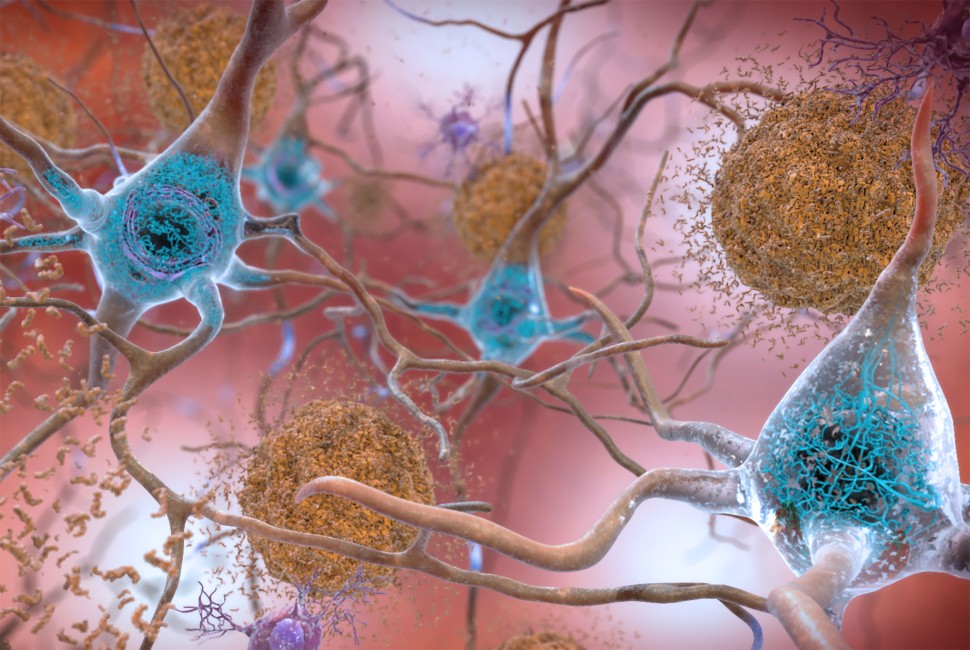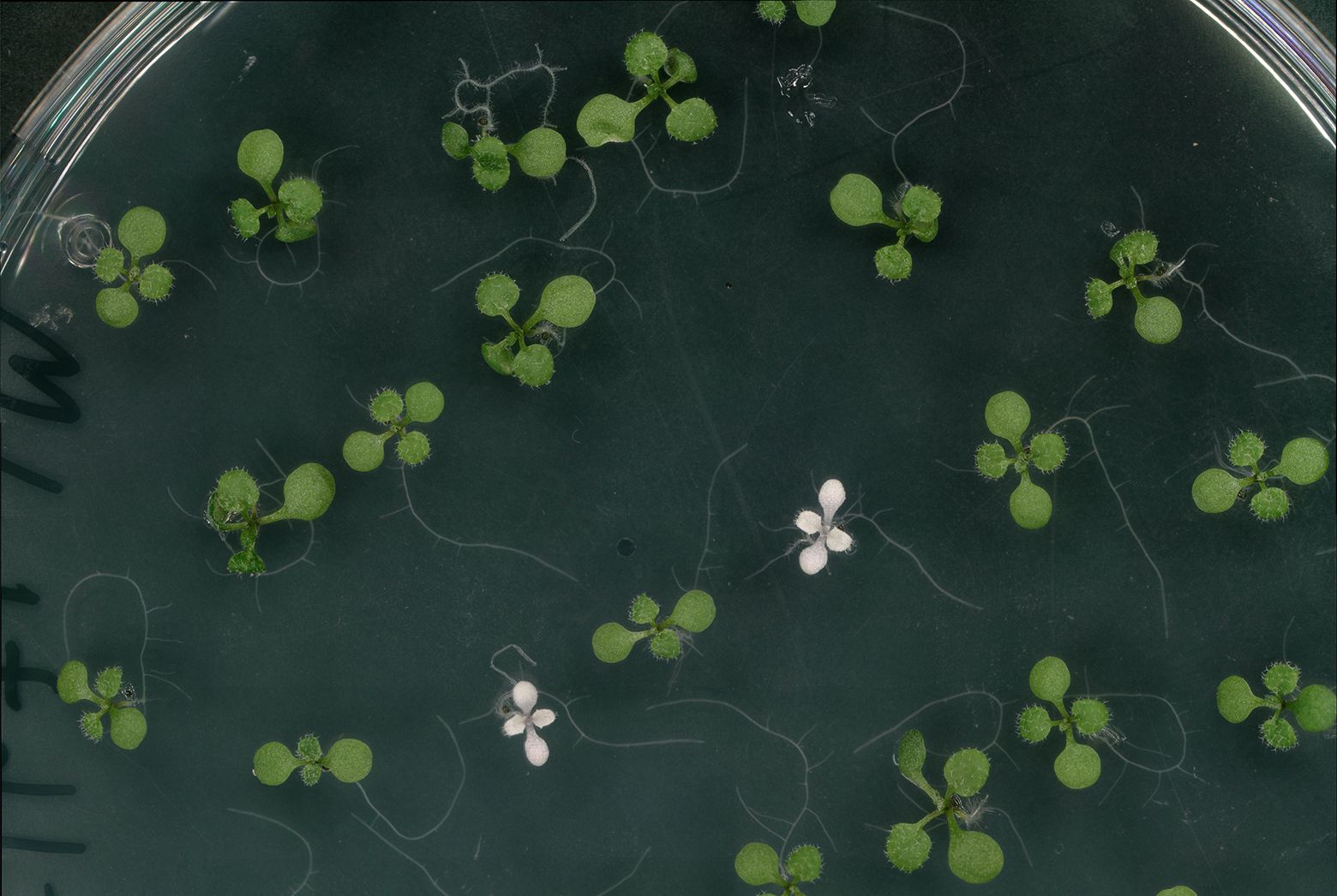2025-04-28 ノースウェスタン大学

In patients with Alzheimer’s disease, tau proteins (shown in light blue) misfold and accumulate inside brain cells. By making a synthetic version of these proteins, researchers aim to better understand disease. Image by the National Institute on Aging
<関連情報>
- https://news.northwestern.edu/stories/2025/04/first-synthetic-mini-prion-shows-how-protein-misfolding-multiplies/
- https://www.pnas.org/doi/10.1073/pnas.2421391122
水によるピン止めがタウ・プリオン形成の鍵を握る Water-directed pinning is key to tau prion formation
Michael P. Vigers, Samuel Lobo, Saeed Najafi, +9 , and Songi Han
Proceedings of the National Academy of Sciences Published:April 28, 2025
DOI:https://doi.org/10.1073/pnas.2421391122
Significance
This study presents a step toward designing a tauopathy-specific aggregation pathway by engineering a minimal tau prion building block, jR2R3, that can template and propagate distinct disease folds. We present the finding that P301L—among the widest used mutations in cell and animal models of Alzheimer’s disease—destabilizes an aggregation-prohibiting internal hairpin and enhances the surface water structure at a hyperlocalized site that serves as a pinning site to promote templated aggregation. Our study suggests that P301L may be a more suitable mutation to include in modeling 4R tauopathies, besides frontotemporal dementia, than Alzheimer’s disease, and that mutations are powerful tools for the purpose of designing tau prion models as therapeutic tools.
Abstract
Tau forms fibrillar aggregates that are pathological hallmarks of a family of neurodegenerative diseases known as tauopathies. The synthetic replication of disease-specific fibril structures is a critical gap for developing diagnostic and therapeutic tools. This study debuts a strategy of identifying a critical and minimal folding motif in fibrils characteristic of tauopathies and generating seeding-competent fibrils from the isolated tau peptides. The 19-residue jR2R3 peptide (295 to 313) which spans the R2/R3 splice junction of tau, and includes the P301L mutation, is one such peptide that forms prion-competent fibrils. This tau fragment contains the hydrophobic VQIVYK hexapeptide that is part of the core of all known pathological tau fibril structures and an intramolecular counterstrand that stabilizes the strand–loop–strand (SLS) motif observed in 4R tauopathy fibrils. This study shows that P301L exhibits a duality of effects: it lowers the barrier for the peptide to adopt aggregation-prone conformations and enhances the local structuring of water around the mutation site to facilitate site-directed pinning and dewetting around sites 300-301 to achieve in-register stacking of tau to cross β-sheets. We solved a 3 Å cryo-EM structure of jR2R3-P301L fibrils in which each protofilament layer contains two jR2R3-P301L copies, of which one adopts a SLS fold found in 4R tauopathies and the other wraps around the SLS fold to stabilize it, reminiscent of the three- and fourfold structures observed in 4R tauopathies. These jR2R3-P301L fibrils are competent to template full-length 4R tau in a prion-like manner.


